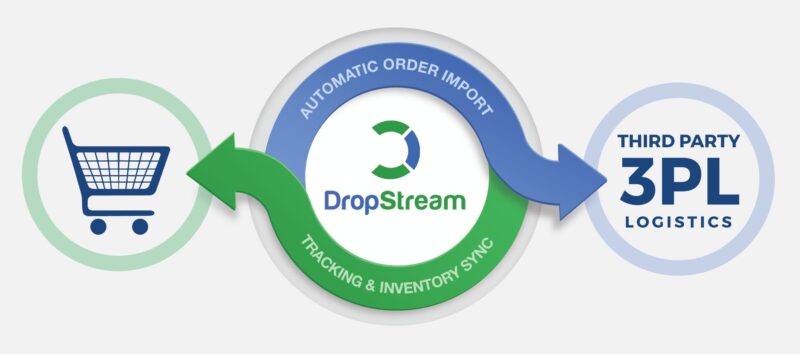
Low-code, no-code development platforms are intentionally designed to enable professional developers and business users with little to no or zero coding knowledge to design, develop, launch, and modify enterprise-grade applications. Low-code development platforms (LCDPs) and no-code development platforms (NCDPs) are based on the principles of model-driven design, automatic code generation, and visual programming. Low-code/no-code platforms stem from earlier rapid application development (RAD) tools such as Excel, Lotus Notes and Microsoft Access that likewise put some development-like capabilities into the hands of business users.
Robotic process automation (RPA), for example, is one of the fastest-growing categories of LC/NC systems. Using rules for simple decision-making, it allows users to design automated workflows that can reach into multiple information systems.
LC/NC software development approaches support a variety of application types. Small business transactional systems are perhaps the most common. These are applications that process business transactions tools such as human resource management (e.g., performance appraisal), reservation management for restaurants or other experiences, field service management, and so forth. Large firms might have expensive packages or custom-developed programs to perform them, but small businesses can generate their own easily.
According to a recent Gartner survey, LCNC platforms will be used in more than 65% of application developments worldwide by 2024. When businesses begin to use LCNC tools, the number and sophistication of citizen users rapidly grows as people begin to realize the benefit of fast and accurate app development across almost any area of business.
Benefits of low-code/no-code platforms
- Lower costs: The reduction in time can save valuable resources. LCNC also makes maintenance activities less complex, reducing costs and the burden on IT.
- Easy to understand: Traditional codes are often difficult to understand as they are written by several developers and often is not easy to read and interpret. Low-code and no-code platforms are easier to understand and thus, easier to identify configuration/script bugs and fix them.
- Security: LCNC allows businesses to perform development tasks that are too sensitive to be outsourced to third parties, helping to minimize the risks of cybercrime.
- More agility: LCNC development tools help speed up deployment of an almost endless set of requirements more rapidly with little risk.
Low-Code/no code Development Platforms
Mendix provides tooling for testing, building, and deploying applications through a low-code software platform. Founded in 2005, there are over 4000 companies using Mendix.
OutSystems is a tailored solution for low-code development. It is a RAD ( Rapid App Development) platform intended for developers to create and manage their applications. Real time performance dashboards and strong security measured are some of the prized features of the platform.
Oracle APEX, short for Oracle Application Express, is another RAD (Rapid App Development) with important features and excellent reviews.
Salesforce Lightning is a component-based application development framework. The components in this scenario act as low-code visual pieces for app building.
Google also has a low-code solution for RAD. Google App Maker is a recent entry into the top low-code solutions. It came out of beta in 2018 and offers access to 40 additional Google services. Google App Maker is a versatile tool. It can integrate with Googles’ other tools making it possible to create a very flexible custom app
Appian allows you to create an engaging and consistent user experience across web and mobile platforms. Designed for businesses of all sizes, Appian allows users to build business process management (BPM) applications.
Quickbase is an LCDP for creating workflows. It lets teams work with a common data to build forms, create reports, set up workflows and automate processes. It make smarter decisions faster by bringing agility and visibility to the unique operational workflows at the edge of business.
Quickbase is commonly used for projects, CRM, task management, and document management. They provide both high-level and high-detailed views of how things are going in a certain area of your business. Similar to traditional spreadsheets, they have a number of tabs that each display data about a specific area.
Its greatest asset is in its ability to connect departments together by bringing staff and data in one place. Additionally, Quickbase is easy to use and extremely customizable as a cloud-based platform.
Other values found through Quickbase include:
- Integration and workflow orchestration with Quickbase Pipelines.
- Real-time personalized insights provide visibility across your organization.
- Roles and permissions.
- 2-factor authentication
- Quickbase is super flexible, so you are never stuck with a software version that doesn’t work.
- Quickbase brings about visibility, enhanced customization, and collaboration to the development process that it is able to cut down working time on specific projects.
- Quickbase is highly extensible, with a fantastic API you can connect it to other systems.
Contact Taksa for your Outsourcing Low-code Development Project requirements and see how our developers incorporate best low-code development techniques and technologies into your project.





